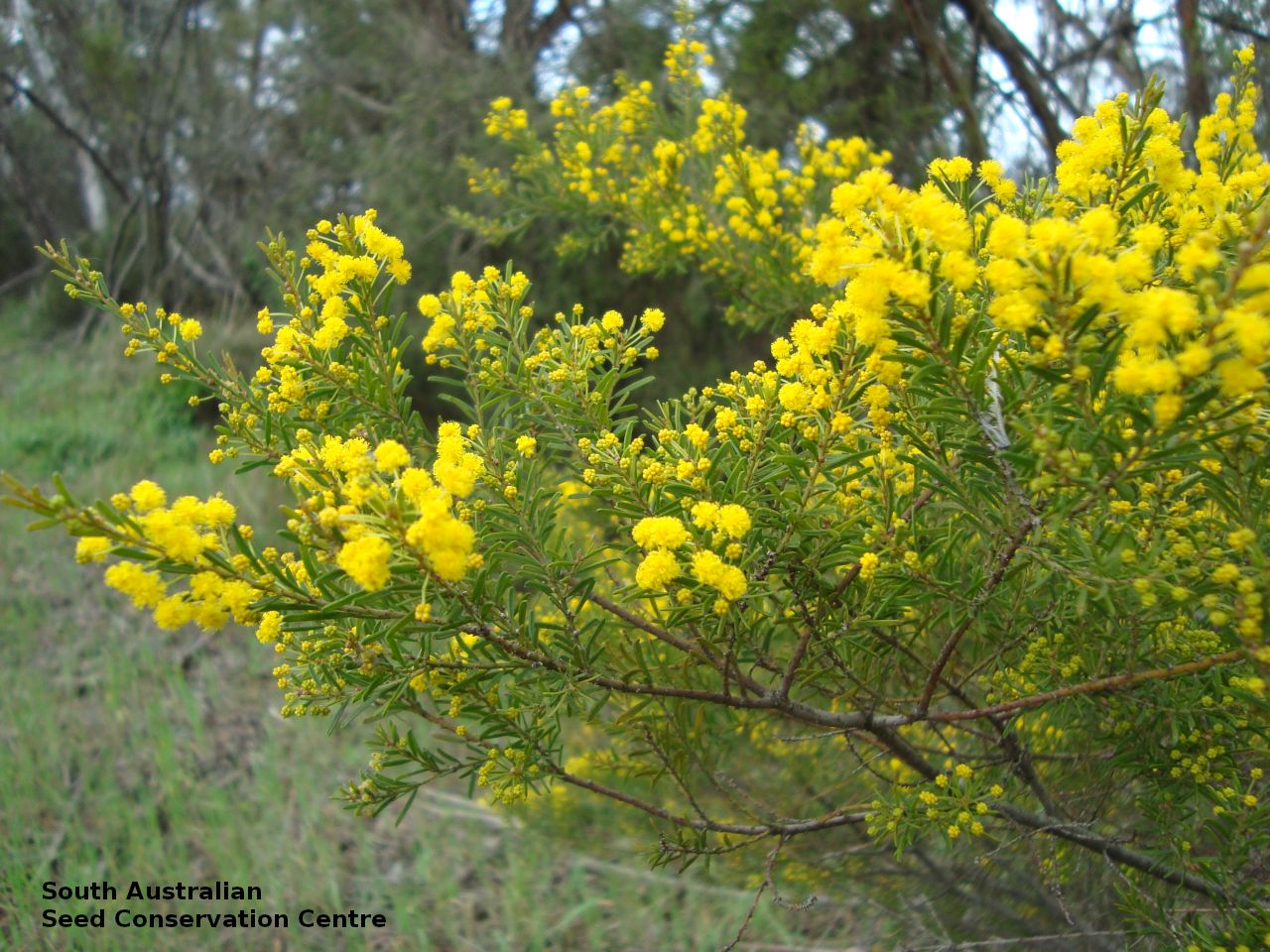
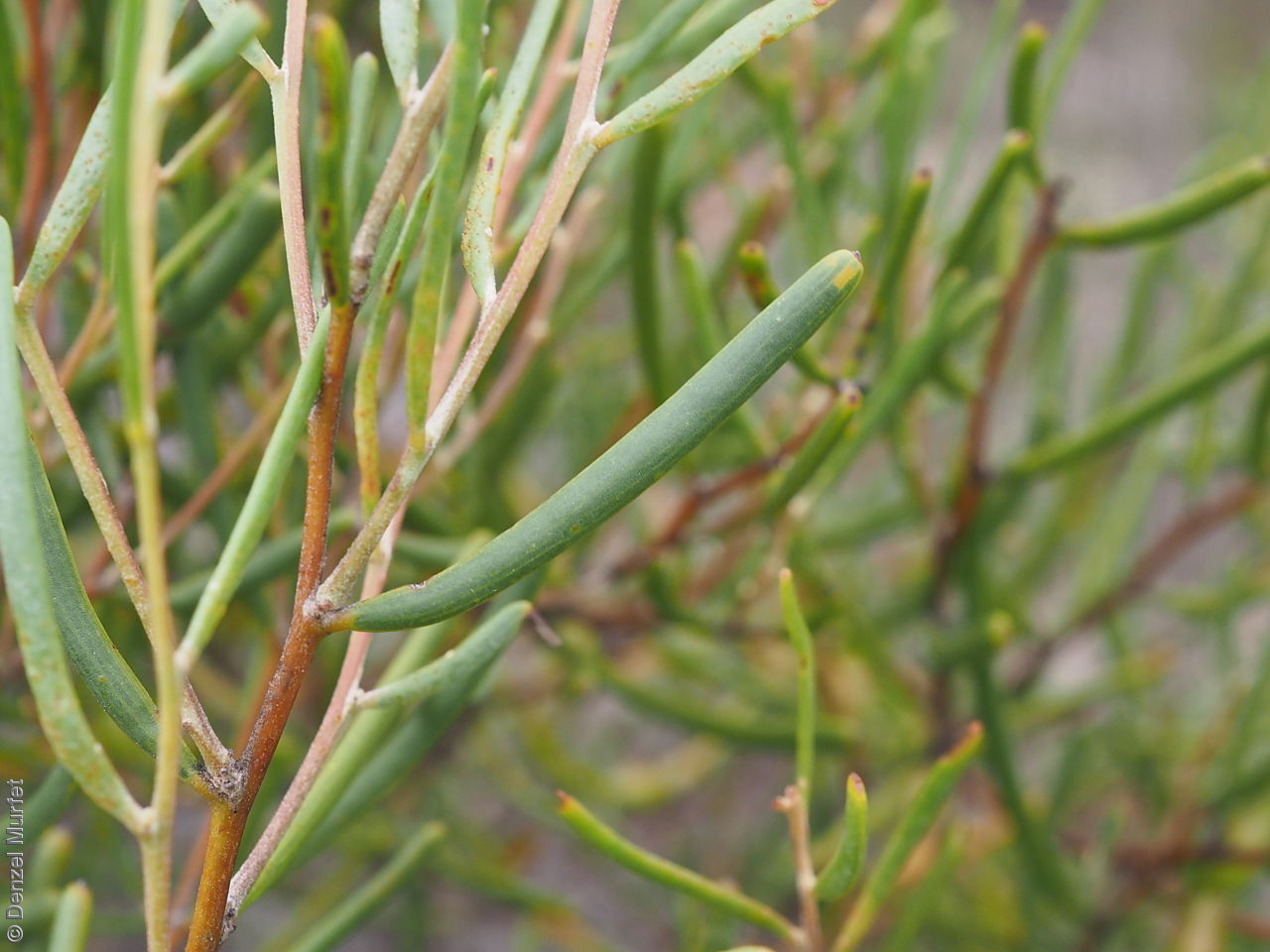
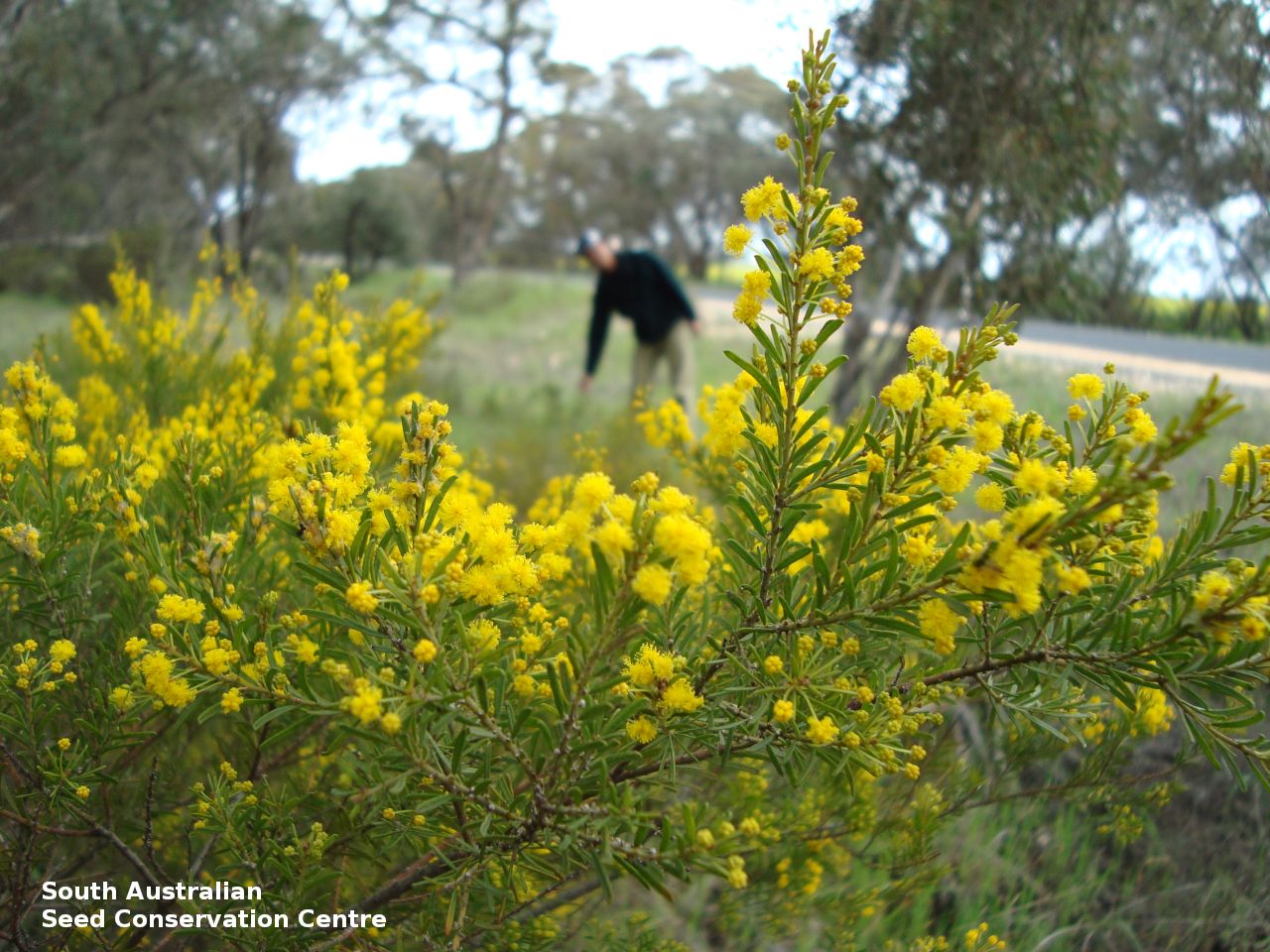
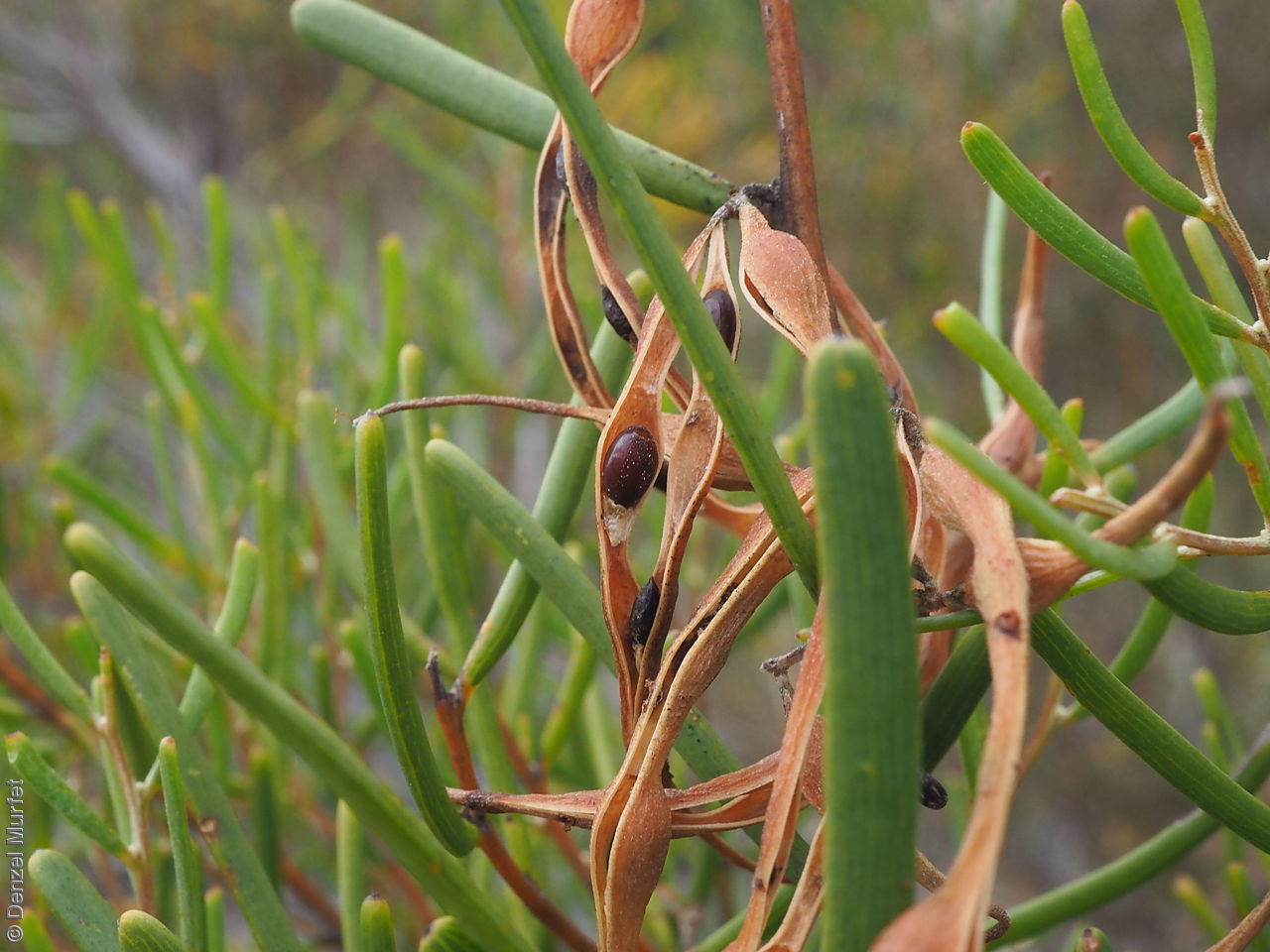
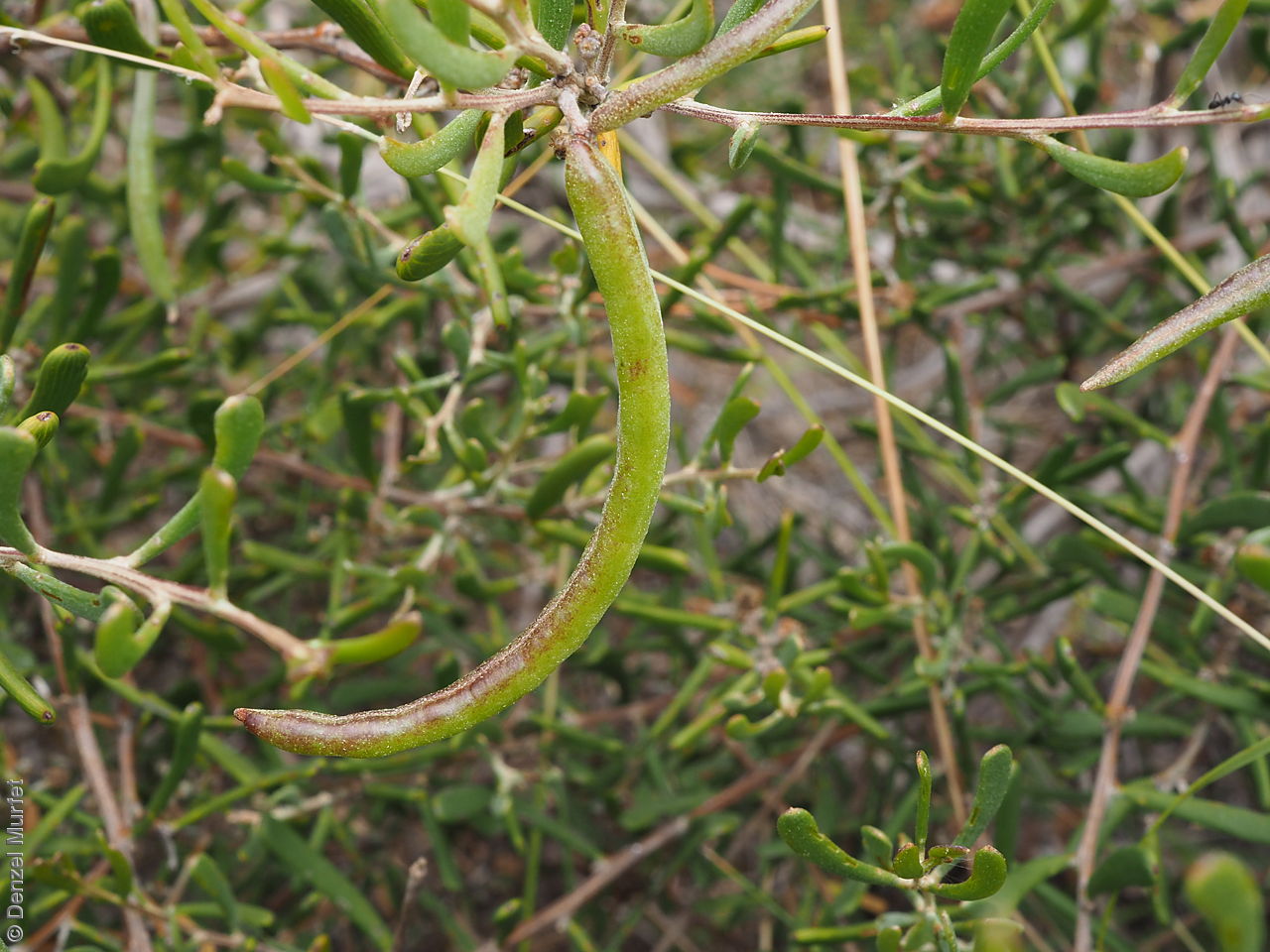
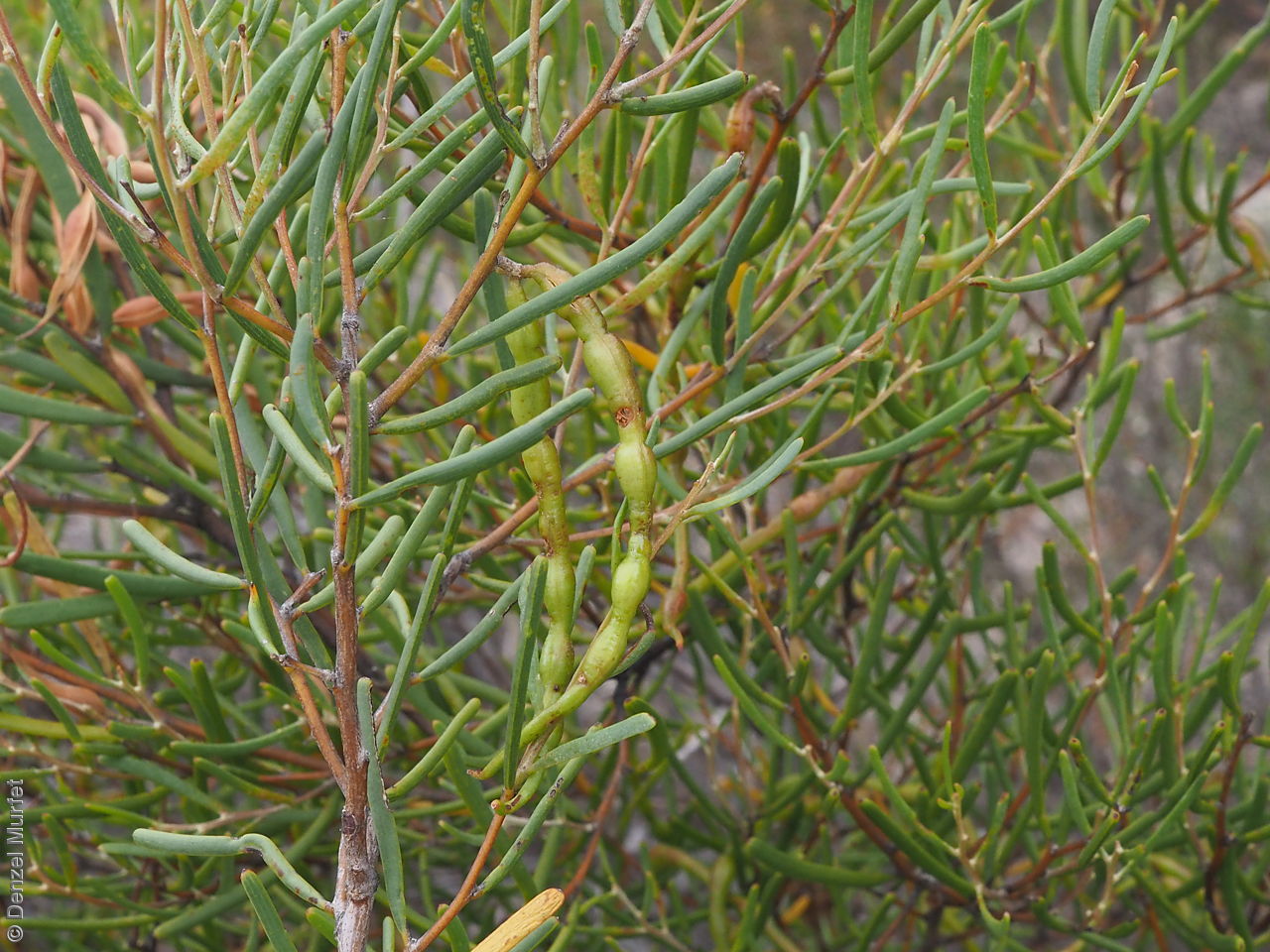


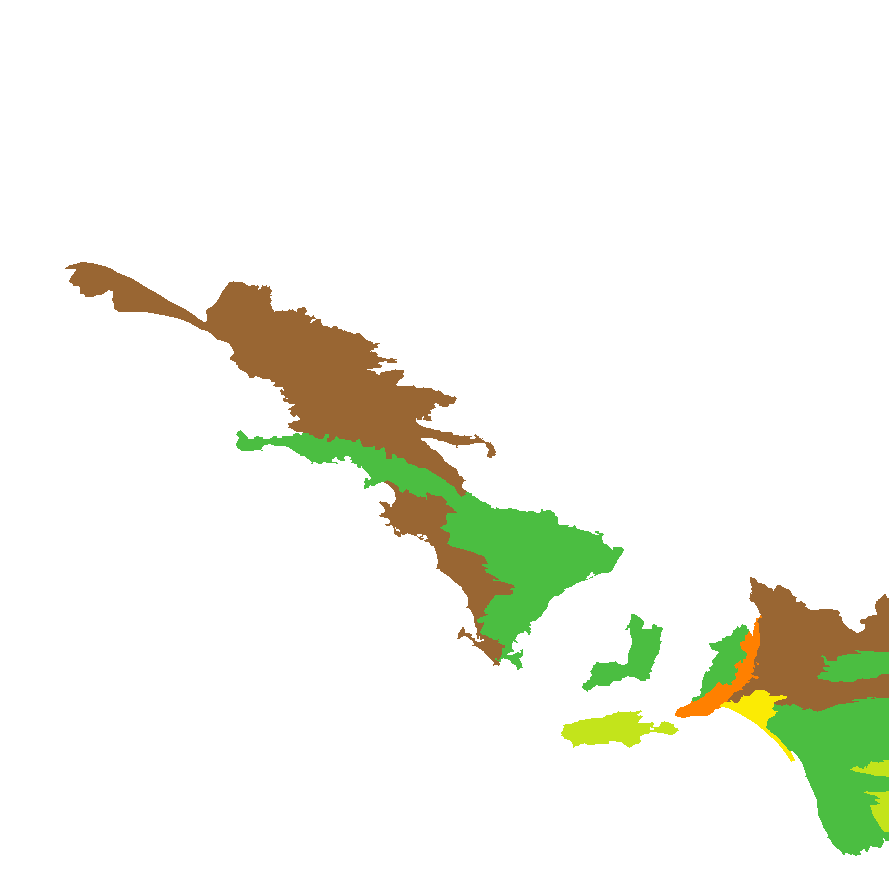
Botanical art
Prior names
Acacia whanii
Etymology
Acacia from the Greek 'akakia' and derived from 'ake' or 'akis' meaning a sharp point or thorn and 'akazo' meaning to sharpen. Dioscorides, the Greek physician and botanist used the word in the 1st century AD for the Egyptian thorn tree, Acacia arabica. Farinosa from the Latin 'farinosus' meaning covered with mealiness or powdery, referring to the young stems and peduncles which are covered with a white mealiness.
Distribution and status
Found in the southern part of South Australia, on the Eyre Peninsula, Yorke Peninsula, Kangaroo Island, southern Mount Lofty Ranges, Murray and South-Eastern regions, growing in woodland to open scrub on a variety of soils. Also found in Victoria. Native. Common in South Australia. Uncommon in Victoria.
Herbarium regions: Eyre Peninsula, Murray, Yorke Peninsula, Southern Lofty, Kangaroo Island, South Eastern
NRM regions: Adelaide and Mount Lofty Ranges, Eyre Peninsula, Kangaroo Island, Northern and Yorke, South Australian Murray-Darling Basin, South East
AVH map: SA distribution map (external link)
Plant description
Small, much-branching and spreading shrub to 2 m high, usually covered with a hoary white mealiness on young branchlets. Phyllodes oblanceolate to linear-oblanceolate rigid, slightly curved, thick-fleshy, to 70 mm long and 6 mm wide. Inflorescence axillary in clusters of 2-4 yellow globular, flowers. Flowering between August and October. Fruits are brown curled and twisted pod to 60 mm long and 3 mm wide, with margins thickened, slightly constricted between seeds. Seeds are dark brown, ovoid to 4 mm long and 2.5 mm wide. Seed embryo type is investing.
Seed collection and propagation
Collect seeds between November and January. Collect mature pods that are turning brown, with hard, dark seeds inside. Place the pods in a tray and leave to dry for 1-2 weeks or until the pods begin to split. Then rub the dried pods to dislodge the seeds. Use a sieve to separate any unwanted material. Store the seeds with a desiccant such as dried silica beads or dry rice, in an air tight container in a cool and dry place. Seed viability is usually high.This species has physical dormancy that needs to be overcome for the seed to germinate (e.g. nicking or softening the seed coat).
| Location | No. of seeds (weight grams) | Number of plants | Date collected | Collection number Collection location | Date stored | % Viability | Storage temperature |
|---|---|---|---|---|---|---|---|
| BGA | 1,550 (27.7 g) | 21-Dec-2011 | Wolesley South Eastern | 1-Nov-2012 | 90% | -18°C |
Number of plants: This is the number of plants from which the seeds were collected.
Collection location: The Herbarium of South Australia's region name.
% Viability: Percentage of filled healthy seeds determined by a cut test or x-ray.